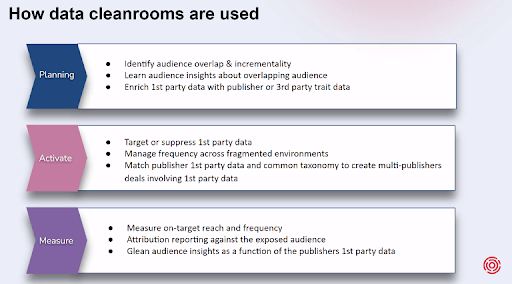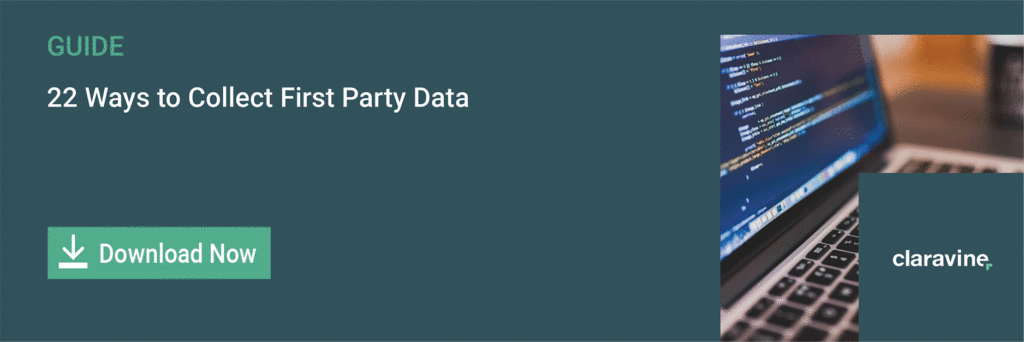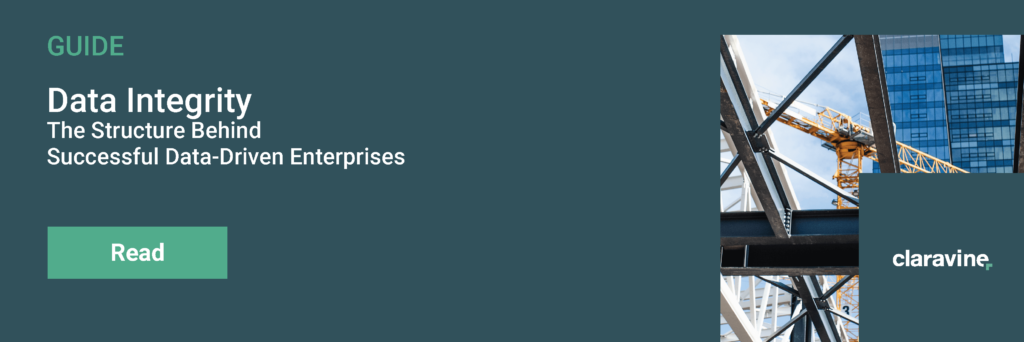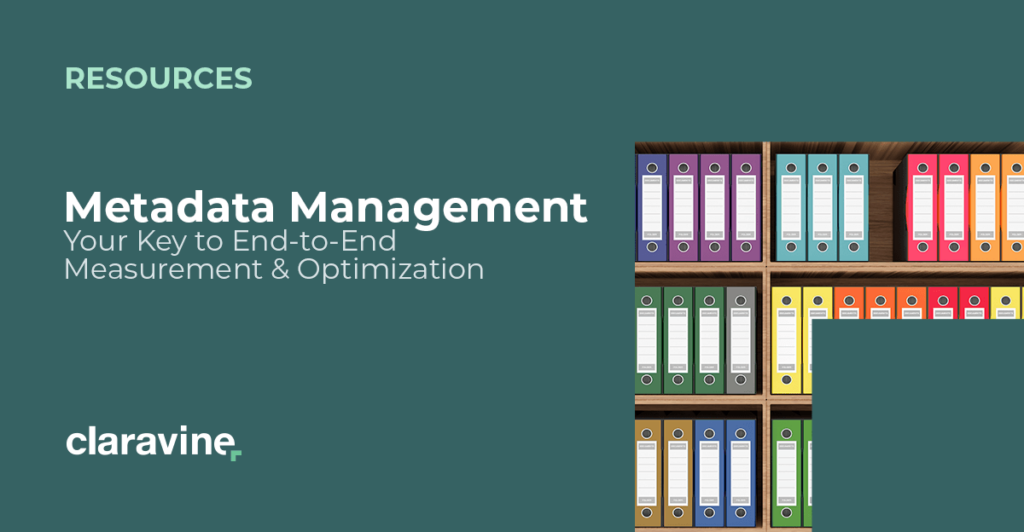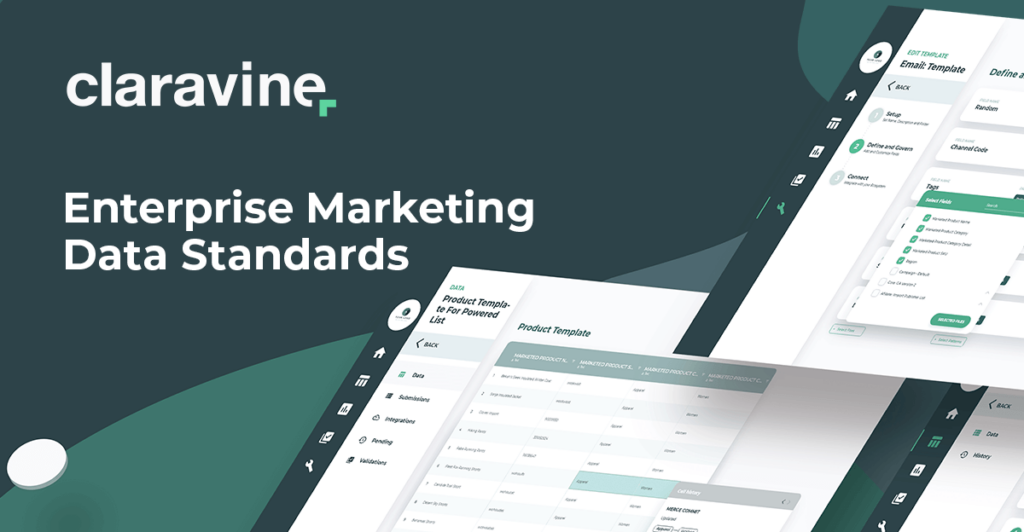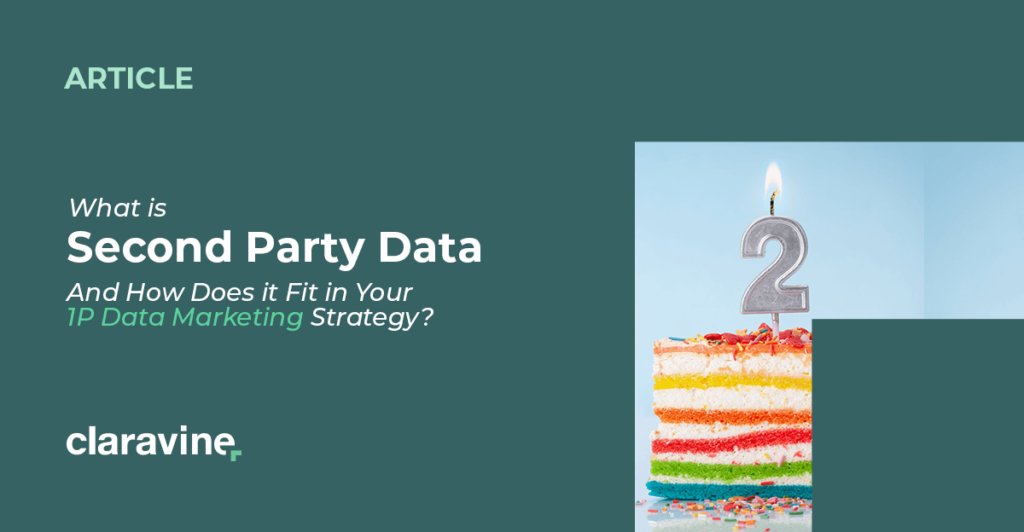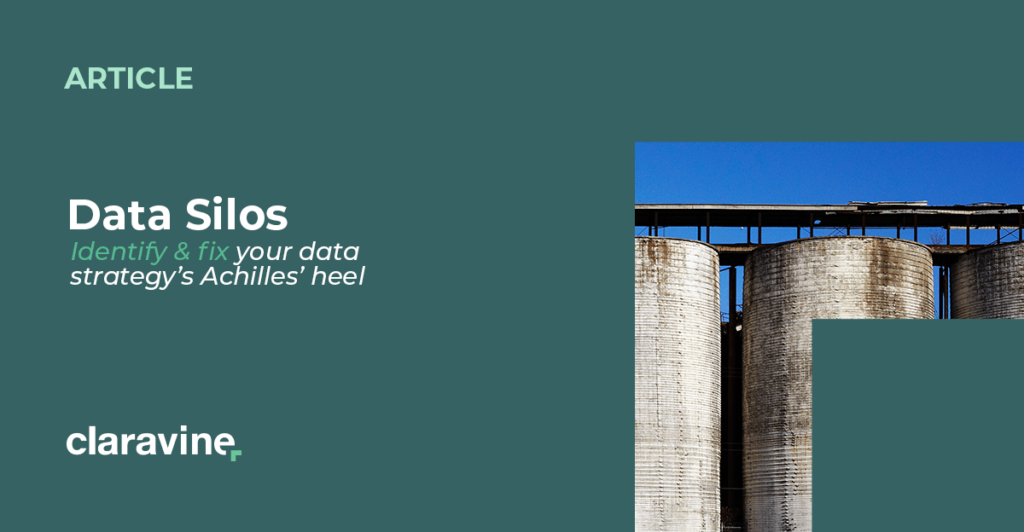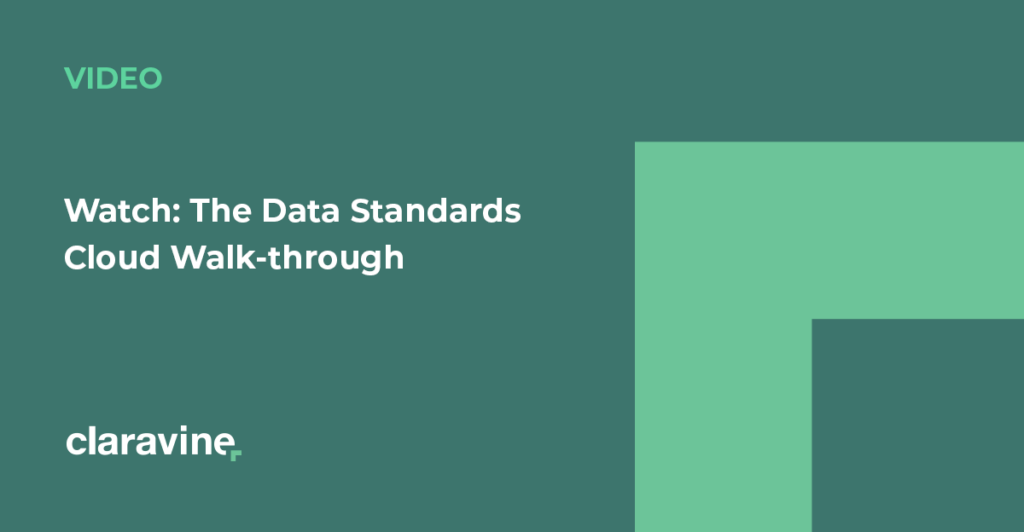Marketers Flocking to Clean Rooms Need Data Integrity to Unlock Full Value
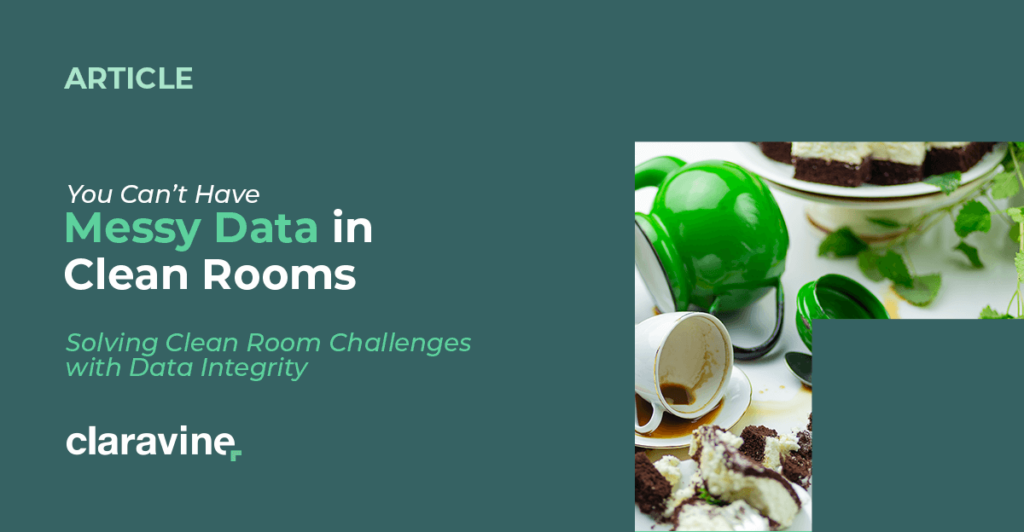
Marketing and advertising media — and the industry in general — is making a lot of noise around data clean rooms as the Holy Grail solution for post-cookie measurement. But without tackling the “messy data” problem, clean rooms are only going to disappoint in their insights and ROI.
The problem lies in the metadata: Most advertisers don’t have the right tech to collect first-party data. 83% of advertisers say they will be more reliant on first-party data, but only 38% are sure they have the right technology to categorize their data with metadata.
And metadata plays an integral role in allowing data to converge and be more valuable than its sum. It does the heavy lifting as the sets are aggregated to surface insights that help marketers in planning, activation, and measurement.
(Source: Optable)
So no matter how much data you bring to or access via a data clean room, the integrity of your data, down to its metadata, will be a deciding factor in whether you’re able to extract value from the clean room’s capabilities. The issues potentially solved by clean rooms such as privacy protection, scalability, quality, and enrichment, are all rooted in the context of your data.
Digging into these issues uncovers a clear need to address data integrity before and during clean room exploration.
Keep Your Messy Data Out of These Clean Rooms
Privacy? Plenty. Trust? Well…
Clean rooms use some nifty tech to bring all the available data to the surface without telling a company exactly what you had for lunch and what you bought on Amazon five minutes ago. Noise injection, pseudonymization, differential privacy — especially when used together, they’re pretty good at keeping things anonymous.
But as CDP provider Blueconic points out via Forbes, you risk falling into the trap of trusting the performance and attribution data provided by the clean room itself — which, when owned by the ad network you’re buying from, is inherently problematic.
So the rise in channel-agnostic clean room providers is a boon to marketers, who can instead get access to data co-ops that enrich without suspending credibility.
Clean rooms can’t completely escape the privacy problem, though. The concept of cross-site tracking is still in play, but the accountability seems to get bounced around between those who might actually be doing the tracking to those holding the data, to those not-really-holding the data — but still accessing it to make decisions.
Data clean rooms strive for a decentralized approach to data collaboration, without actually sharing the data itself between parties. It then begs the question of collection vs possession vs observation. Where does the data privacy accountability start, continue, and end?
Optable’s wonderfully interactive Secure Matching Explained walks through the concepts behind secure data matching and clean room cryptography. It’s a fascinating practice and beneficial to giving insight without personally identifiable information — but it won’t make bad data better and it won’t be nearly as effective when the data on either side isn’t of high integrity to begin with.
Clean Rooms Expand Data Access, not Necessarily Quality or Scale
Data clean rooms offer a new frontier for publishers to productize their audience data. Innovative examples include The Weather Channel leveraging consumer behavior during weather patterns and Disney bringing in data not just from its websites, but from streaming, connected TV, and even its theme parks and retail divisions.
Maybe even most exciting is that clean rooms are accessible and user-friendly to marketers, ad ops professionals, and others who fall well within the “I need data to do my job” category — but not solely at the ranks of data scientist or engineer.
“Clean rooms help ad ops and media planners do what was typically relegated to data scientists,” Optable CRO James Prudhomme explains.
As we move away from 3P cookies connecting a user’s every experience online, we’re rediscovering the value of IRL (in real life) experience data — think retail purchases, hospitality experiences, traffic volume (like, of feet and cars). That, combined with prepackaged publisher data, gives plenty of opportunity to compare, aggregate, and enrich a brand’s first party data.
Imagine tapping into a real estate company’s list of active home buyers to borrow insights that help better target the marketing of a home warranty product. That doesn’t need to be a massive list to be extremely valuable to the home warranty brand.
The practice of clean room cooperation comes down to finding the right data partners, not just the most abundant, voluminous sources of data. Many of the latest clean room providers (including Optable, mentioned above) allow customers to invite partners and their data sets, without the partner actually being a customer of the clean room provider.
That kind of access and flexibility also sparks opportunities for clean room collaboration beyond marketing and advertising into other business intelligence categories. At the same time, the more critical decisions being informed by data clean rooms, the more important it is to feed them the best data.
Inferior Data Integrity Will Stifle Clean Room Benefits
Clean rooms let brands combine their own data with that of a publisher or other second party (which can be a BYO-partner or one of the clean room’s prepackaged options). With the decline of third party cookies, this second party data has risen in value and scope of application.
Yet Optable’s Vice President of Strategic Partnerships Kyle Carpenter reminds us that companies still need to take data integrity into their own hands to strike gold within clean rooms.
“If your data is messy going in [to a clean room], anything you do around that collaboration is going to be messy, too,” he says. “And it won’t work like you want it to.”
How do you improve data integrity to better stock the clean room and ensure value?
Data Standards Empower the Integrity Clean Rooms Need
Data integrity is the pursuit of clean, complete, accurate, and, most importantly, usable data. It takes data from being just a business’s asset to its biggest source of intelligence. And the collaborative, connective, and unifying benefits of data with integrity come from data standards.
When your data has standards — a defined and governed organization of metadata and naming conventions — it can uniformly contextualize itself to any and all of its consumers. It’s like creating a language shared by all your data, regardless of source, so that even when its saying different things, it can be understood by the same people.
When your data has integrity, it avoids becoming “messy” — and even if it does make a mess, the offending elements can be identified via taxonomy governance, and fixed. And when your data standards are defined, applied, and connected across every data-touchpoint of the organization, it has the context it needs to be a formidable clean room asset.
Understandable, contextualized data entering a clean room now has the most opportunity for enrichment via partner data aggregation. Sharing standards — and even, if possible, integrating the partner’s data into your standards — creates more value from the partnership.
What’s more, the added value instilled by the clean room can then be more permeable through the organization, as it carries additional context and metadata that’s understandable by teams and tools well beyond clean rooms or even marketing departments.
The post-cookie landscape is forcing a refresh of our attribution, measurement, and targeting approaches through technology like clean rooms and strategic realignments like cohort marketing. But what truly sets a brand up for success — no matter what technology they choose or industry revolution comes next — is data with integrity that maintains its value and context wherever it goes.




